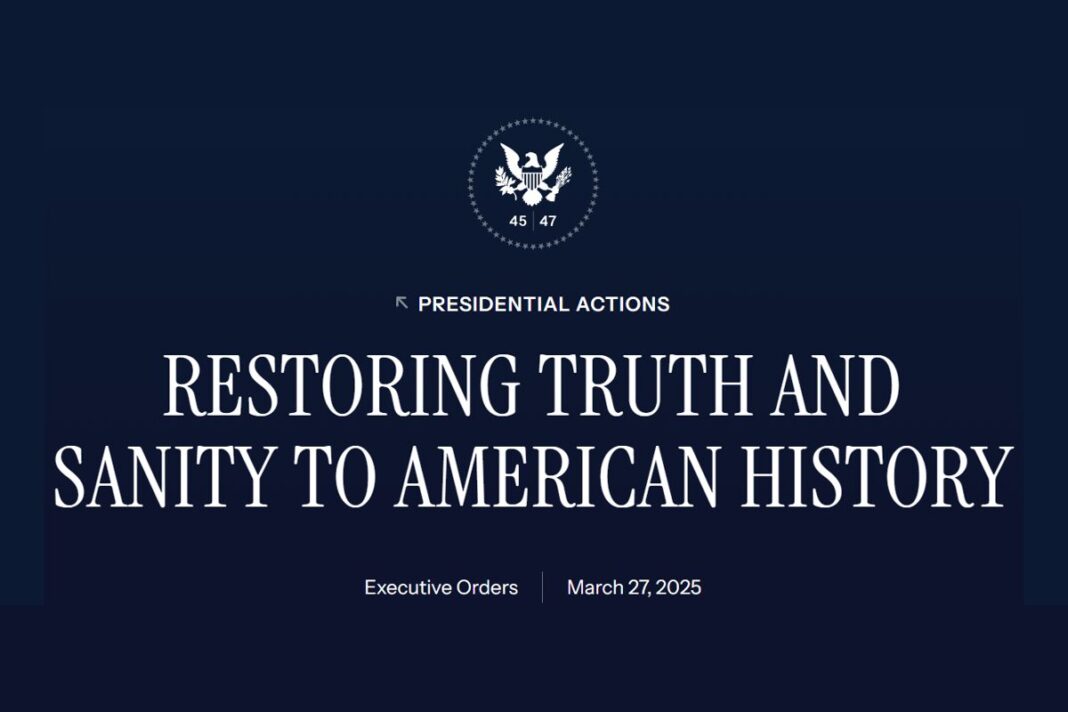Officials said the review aims to promote American exceptionalism, remove divisive narratives, and restore trust in American cultural institutions.
The White House on Tuesday ordered an internal review of selected Smithsonian museums and exhibitions to ensure all public-facing content aligns with President Donald Trump’s directive to celebrate U.S. exceptionalism.
In a letter sent to Smithsonian Institution Secretary Lonnie Bunch III, the White House outlined the steps it expects the organization to take in the review, including examining websites, social media content, and educational materials “to assess tone, historical framing, and alignment with American ideals.”
The review comes as the country prepares to celebrate the 250th anniversary of the Declaration of Independence, with White House officials saying that “it is more important than ever that our national museums reflect the unity, progress, and enduring values that define the American story.”
The review will initially focus on eight museums—including the National Museum of American History, the National Museum of African American History and Culture, and the National Museum of the American Indian—with additional museums to be reviewed in Phase II.
This initiative “aims to ensure alignment with the President’s directive to celebrate American exceptionalism, remove divisive or partisan narratives, and restore confidence in our shared cultural institutions,” the White House officials stated in the letter.
The letter referenced Trump’s executive order, “Restoring Truth and Sanity to American History,” signed on March 27.
The order aims to counter the “revisionist movement,” which Trump described as a concerted effort to rewrite American history and replace facts with “a distorted narrative driven by ideology rather than truth.” Trump singled out the Smithsonian in the order, saying it had come under the influence of a “divisive, race-centered ideology.”
‘Focusing on Americanism’
The Smithsonian has been asked to provide the White House team with several documents—some due within 30 days of receiving the letter—including its programming for the 250th anniversary, exhibition plans and supporting materials, and lists of invited speakers and events.
Scheduling interviews with curators and senior staff, the submission of other documentation, and the finalizing of updated plans to celebrate the nation’s birthday are expected within 75 days.
Within 120 days, museums have been directed to begin implementing content corrections, where necessary, “replacing divisive or ideologically driven language with unifying, historically accurate, and constructive descriptions across placards, wall didactics, digital displays, and other public-facing materials.”








